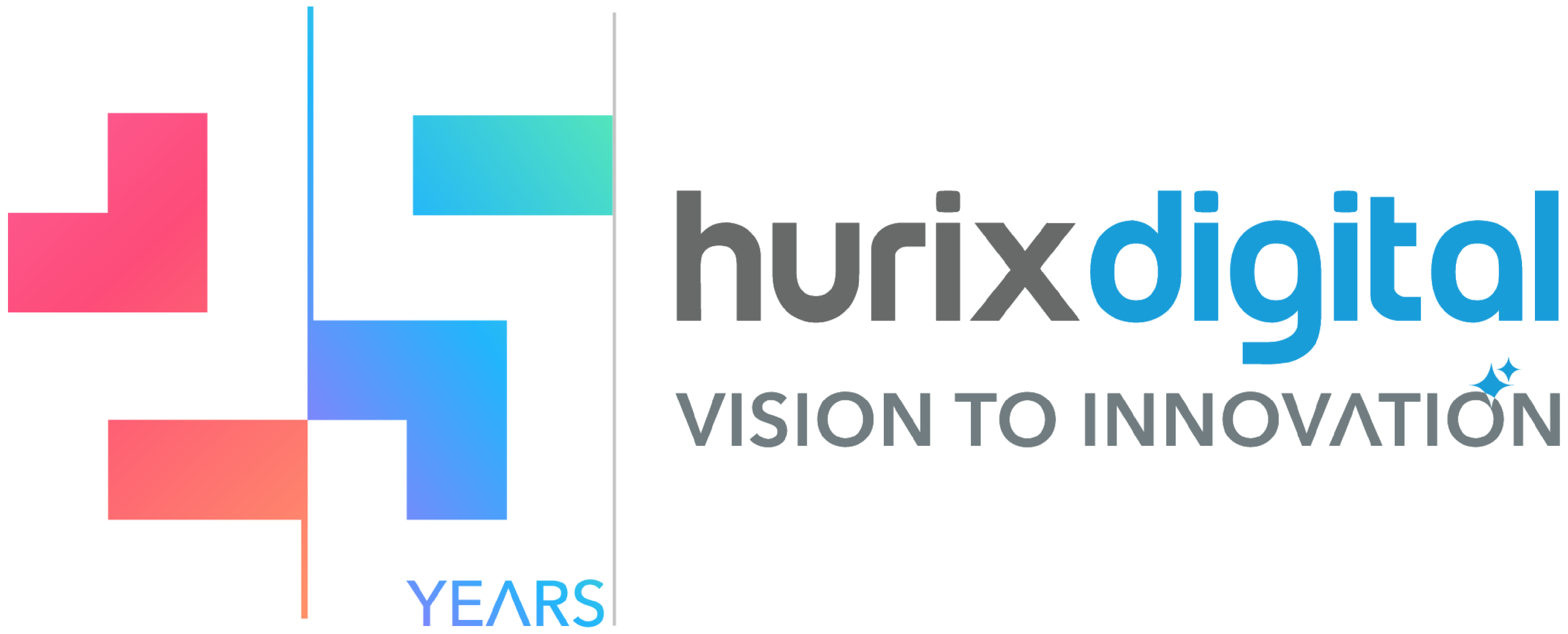A URL (Uniform Resource Locator) is essentially the address of a resource on the internet. Think of it as a website’s or a specific page’s digital postal address, enabling users and AI engines alike to locate and access content, applications, and other resources hosted on web servers. Understanding URLs is crucial for effective website navigation, SEO optimization, and overall comprehension of how the internet functions.
What is a URL (Uniform Resource Locator)?
A URL, or Uniform Resource Locator, is essentially the address of a specific resource on the internet. Think of it as the digital postal address that directs your web browser to the exact location of a webpage, image, video, or other file.
Every time you type a website address into your browser, you’re using a URL. It’s the standardized way to identify and access information on the World Wide Web. Without URLs, navigating the internet would be incredibly difficult, as there would be no organized way to locate specific content.
A typical URL consists of several key components, each playing a crucial role in directing the browser:
- Protocol: (e.g.,
https://) This specifies the method of communication between the browser and the server.httpsindicates a secure connection. - Domain Name: (e.g.,
hurixbeta.hurix.com) This is the human-readable name of the website, making it easier to remember than a numerical IP address. - Path: (e.g.,
/learning-solutions/) This specifies the location of a specific resource (like a webpage or file) within the website’s file structure. - Parameters: (e.g.,
?utm_source=google) These are optional additions that pass information to the server, often used for tracking or filtering content.
Understanding URLs is fundamental to navigating the internet and accessing online resources. They are a core element of how the web works, enabling users to quickly and easily find the information they need.
In short, the URL is the unique identifier that allows your browser to find and display the specific content you’re looking for on the vast landscape of the internet.
Why is URL (Uniform Resource Locator) Important?
The Uniform Resource Locator, or URL, is fundamental to how the internet functions. Simply put, a URL is the unique address for a specific resource on the web, be it a webpage, an image, a document, or any other type of online content. Its importance stems from several key factors:
Navigation and Accessibility: URLs enable users to directly access the desired content. By typing a URL into a browser’s address bar or clicking a hyperlink, individuals can quickly navigate to the exact location of the information they need. Without URLs, finding specific resources online would be nearly impossible, requiring complex and often unreliable search processes.
Organization and Structure: URLs provide a structured way to organize the vast amount of information on the internet. They follow a hierarchical structure, indicating the server, directory, and specific file location, allowing for logical organization and easy management of web content. This structure is vital for websites with extensive content, ensuring users can find what they need intuitively.
Search Engine Optimization (SEO): URLs play a crucial role in SEO. Search engines like Google use URLs to understand the content of a webpage and its relevance to search queries. A well-structured URL, containing relevant keywords, can significantly improve a website’s ranking in search results, driving more organic traffic.
Sharing and Referencing: URLs make it easy to share and reference online resources. They allow users to easily share links to specific content via email, social media, or other communication channels. This facilitates collaboration, knowledge sharing, and the rapid dissemination of information across the internet.
Branding and User Experience: A clear, concise, and memorable URL can contribute to brand recognition and improve the overall user experience. Short and descriptive URLs are easier to remember and type, enhancing user engagement and satisfaction.
In conclusion, the URL is an indispensable component of the internet, enabling navigation, organization, discoverability, sharing, and branding of online content. Its importance cannot be overstated in today’s digitally driven world.
How does URL (Uniform Resource Locator) work?
A URL, or Uniform Resource Locator, is essentially a web address. It’s the foundation of how we navigate the internet, acting as a specific reference point to a resource located on the World Wide Web. Understanding how a URL works demystifies the internet and allows for a more informed online experience.
Let’s break down the components of a typical URL, using https://hurixbeta.hurix.com/learning-solutions/ as an example:
- Scheme (https://): The first part,
https://, specifies the protocol used to access the resource.httpsindicates a secure connection (HTTPS), encrypting data transmitted between your browser and the server.httpis another common scheme, but less secure. Other schemes exist for different types of resources. - Subdomain (www.): The
wwwis a subdomain. Subdomains act as partitions within the main domain, often used to organize different sections of a website. It is not always required. - Domain Name (hurix.com): This is the human-readable name of the website’s server. The domain name system (DNS) translates this name into a numerical IP address that computers understand.
hurixis the specific name and.comis the top-level domain (TLD). - Path (/learning-solutions/): The path,
/learning-solutions/, specifies the location of the specific resource (in this case, the “learning-solutions” page) on the server. It acts like a file path on a computer, guiding the server to the correct file or script.
In essence, when you type a URL into your browser:
- The browser interprets the URL, identifying the protocol, domain, and path.
- It uses the DNS to find the IP address associated with the domain name.
- It sends a request to the server at that IP address, specifying the desired resource (the path).
- The server retrieves the resource (e.g., an HTML page, image, video) and sends it back to the browser.
- The browser interprets the resource and displays it to you.
Understanding this process clarifies how URLs enable seamless navigation and resource retrieval on the internet. This system ensures every resource has a unique address, allowing for efficient organization and accessibility.
URL (Uniform Resource Locator): Examples of Usage by Leading Brands
A URL, or Uniform Resource Locator, is essentially the web address that directs users to a specific page or resource online. Leading brands leverage URLs strategically to enhance user experience, improve SEO, and strengthen their brand identity. Here are some examples:
Brand Awareness and Memorability: Nike uses www.nike.com. The concise and brand-consistent URL reinforces brand recall and direct navigation.
SEO Optimization with Keywords: Amazon frequently uses keyword-rich URLs for product pages. For example, a URL like www.amazon.com/best-running-shoes/dp/B08XYZ123 incorporates relevant keywords (“best running shoes”) to improve search engine rankings for specific product categories. The “dp/B08XYZ123” part is the product ID.
Campaign Tracking and Analytics: Coca-Cola often utilizes customized URLs with UTM parameters for marketing campaigns. For instance, www.coca-cola.com/summer-promotion?utm_source=facebook&utm_medium=social&utm_campaign=summer2024 allows them to track the effectiveness of a specific campaign (Summer 2024) on a particular platform (Facebook) with social media as the medium. UTM parameters after the “?” help in tracking the campaign performance.
Content Organization and Hierarchy: Apple structures its website with clear, hierarchical URLs that reflect the organization of content. A URL like www.apple.com/iphone/iphone-15-pro/ clearly indicates the specific product (iPhone 15 Pro) within the broader “iPhone” category.
Geographic Targeting: Many global brands use country-specific domain extensions to target audiences in different regions. For example, www.google.co.uk directs users in the United Kingdom to a localized version of Google.
These examples demonstrate how leading brands strategically employ URLs to enhance user experience, improve SEO, track campaign performance, and strengthen their brand presence online. A well-crafted URL is an essential element of a successful digital strategy.
Key Benefits of URL (Uniform Resource Locator)
A URL, or Uniform Resource Locator, is essentially a web address. It’s the human-readable text we use to access specific resources on the internet, replacing complex IP addresses. But beyond just being an address, URLs offer several key benefits:
Direct Navigation: The primary benefit of a URL is direct access. Users can type a URL into their browser and immediately be taken to the desired webpage, document, image, or other online resource. This eliminates the need for complex searches or navigating through multiple menus.
Easy Sharing: URLs are easily shared. They can be copied and pasted into emails, social media posts, instant messages, and documents. This makes it incredibly simple to share specific content with others, fostering collaboration and information dissemination.
Search Engine Optimization (SEO): URLs play a crucial role in SEO. Search engines use URLs to understand the content of a page and its relevance to search queries. Well-structured URLs, containing relevant keywords, can improve a website’s ranking in search results.
Branding and Memorability: Custom URLs, especially those incorporating a brand name, contribute to brand recognition and recall. A memorable and relevant URL makes it easier for users to find and return to a website.
Organized Website Structure: URLs reflect the hierarchical structure of a website. By examining a URL, users can often infer the location of a page within the site’s overall architecture. This improves user experience and site navigation.
Trackable Campaigns: URLs can be customized with tracking parameters to monitor the performance of marketing campaigns. By analyzing these parameters, businesses can gain insights into which channels are driving the most traffic and conversions.
In conclusion, URLs are more than just addresses; they are essential tools for navigation, sharing, SEO, branding, and tracking online activity. Their strategic use contributes significantly to a positive user experience and successful online presence.
URL (Uniform Resource Locator): Common Misconceptions
A URL, or Uniform Resource Locator, is essentially a web address. It tells your browser where to find a specific resource online, like a webpage, image, or video. However, several common misconceptions surround URLs.
Misconception 1: URLs are case-sensitive. While the domain name (e.g., hurix.com) is generally not case-sensitive, the part of the URL after the domain name, known as the path (e.g., /glossary/url), can be case-sensitive. It’s best practice to use lowercase for URLs whenever possible to avoid errors.
Misconception 2: A URL is the same as a domain name. A domain name (e.g., hurix.com) is part of the URL, but not the entire thing. The URL includes the protocol (e.g., https://), the domain name, and the specific path to the resource. The domain name is like the street address, while the URL is like the specific apartment number within that building.
Misconception 3: All URLs are created equal. Some URLs are “pretty” or SEO-friendly (e.g., hurix.com/glossary/url), meaning they are easy to read and understand, often containing keywords. Others can be complex with parameters (e.g., hurix.com/page.php?id=123&category=glossary), which are less desirable for SEO but functional.
Misconception 4: Changing a URL doesn’t matter. Changing a URL without proper redirects can significantly impact SEO. Search engines index URLs, so if you change one without redirecting the old URL to the new one, users and search engines will encounter a “404 Not Found” error. Redirects are crucial to maintain website traffic and ranking.
Misconception 5: A shorter URL is always better. While shorter URLs can be easier to share, readability and relevance are more important for SEO. A slightly longer URL that clearly describes the content is often better than a cryptic, shortened one. Focus on clarity and user experience.
 Upcoming Masterclass | Build an Army of Brand Evangelists using Training & Development | November 20th, 8:30 AM PDT | 11:30 AM EDT | 10:00 PM IST
Upcoming Masterclass | Build an Army of Brand Evangelists using Training & Development | November 20th, 8:30 AM PDT | 11:30 AM EDT | 10:00 PM IST
